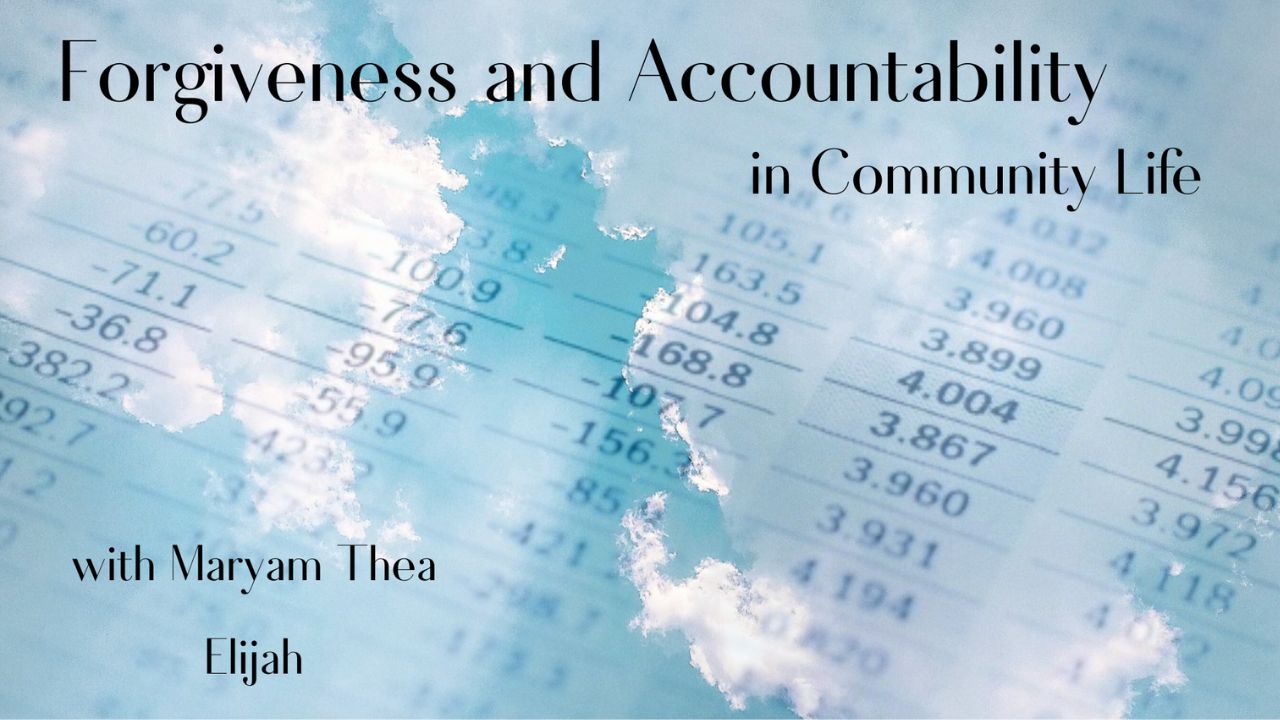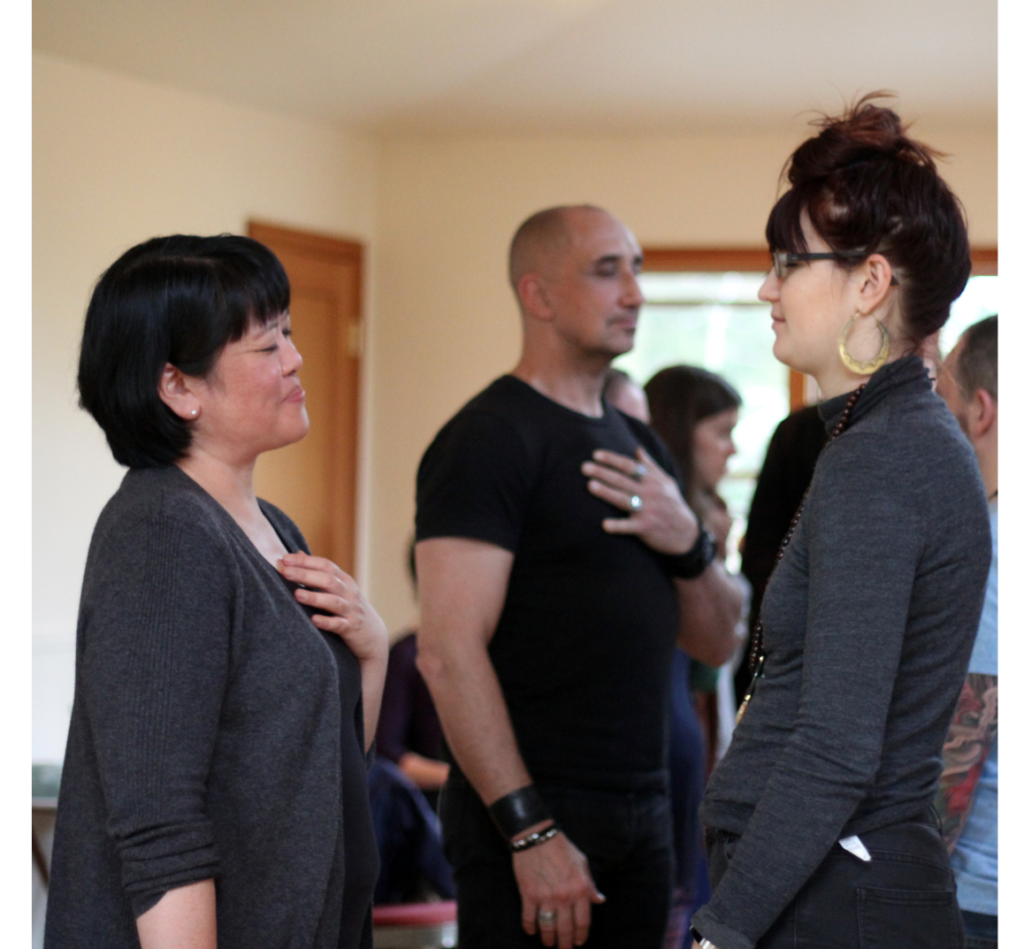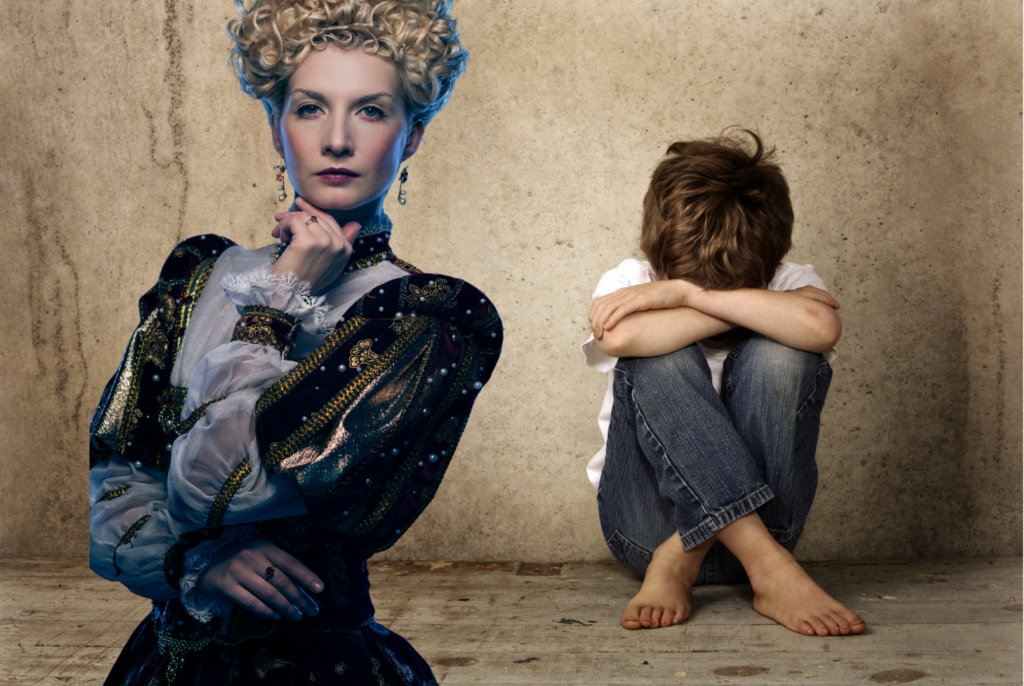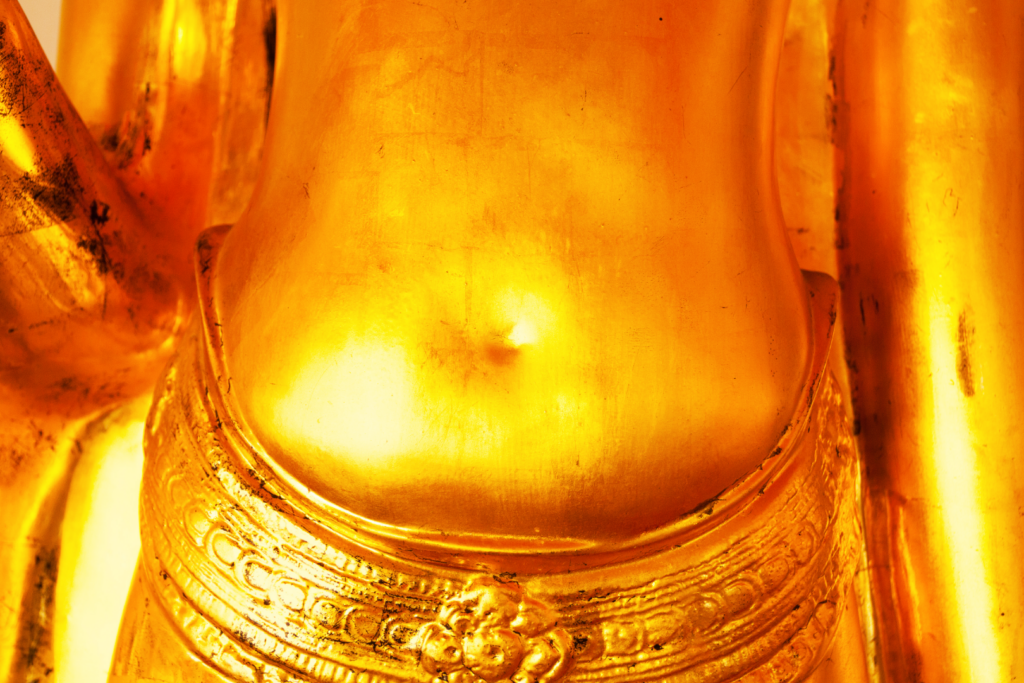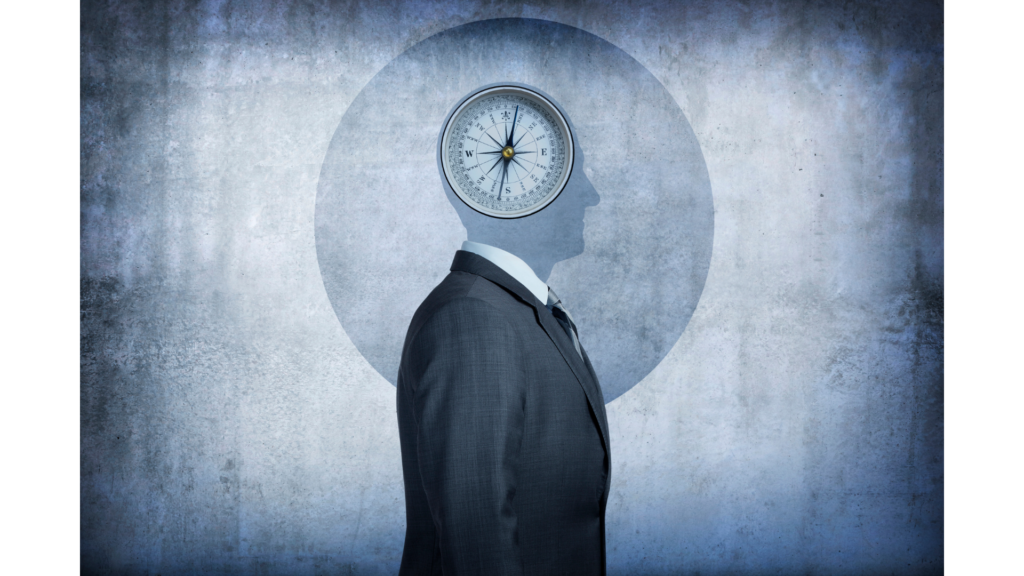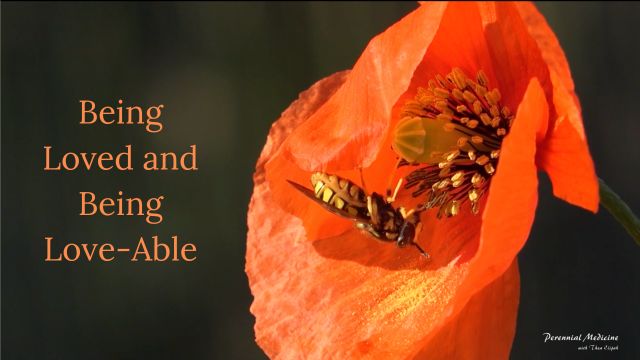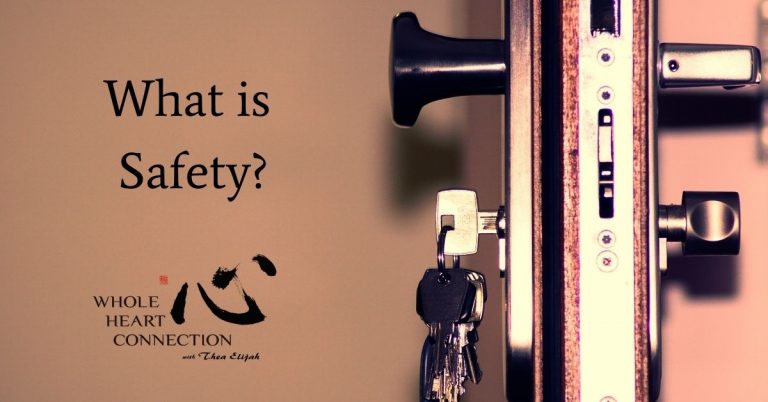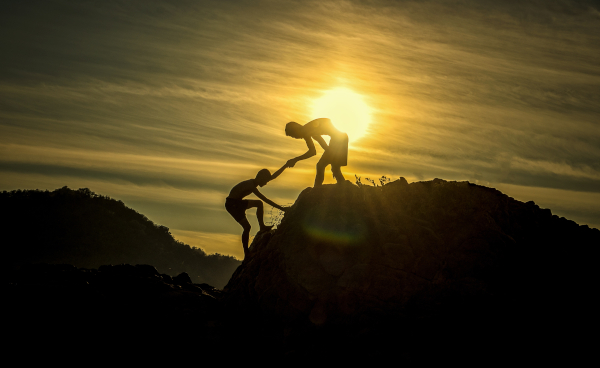Forgiveness and Accountability in Community Life
This blog is an excerpt from a longer presentation recently given to my Sufi community. If you are interested, you can check out the full teaching.
It is not possible to hold someone else accountable in the clean and polite, healthy and holy way unless you are first able to hold yourself accountable with that same cleanliness. Accountability is not just something that happens when we’ve done something wrong. It’s a way of life. It’s an aspect of our alignment and inner straightness, from the heights of gnosis to the most basic matters of conduct here in the world.
In the human body, the alignment is held in the heart at the level where the spine passes through. This is the moral compass of the heart and it allows us to have an internal sense of straightness, even in situations that are not straight.
Take a moment to find that in your own body, because the thought is not the same as the understanding. You might want to put your hand on your heart, and then try moving very slowly, forward or back, little bit to the left, a little bit to the right—it’s easier with your eyes closed—to feel in your heart, when am I straight? When am I upright? Your spine will let you know from the inside when you are straight in your heart.
Then, just for contrast, let’s put our hands on our head, forget about our heart and our spine, and say, “I’M RIGHT! It’s obvious that I’m right! Why? Because I’m right!”
Notice what that feels like—let’s feel it in our body, so that we’ll know in the future when we feel like that. We might be right—but we are definitely not in our alignment.
Come down from your head, into your body, with your hand on your heart to help bring you down and in. Close your eyes so you can feel from the inside. Move your spine back and forth, a little bit to the left, a little bit to the right, until you can feel from the inside what straightness feels like in your heart—a heart that is in alignment with an axis that is greater than yourself.
Let’s take another moment for the sheer pleasure of it, to sit together, each of us in our own alignment, individual and solitary, and yet shared. No one can find it for us—we have to find it from the inside—but once we are there, we are all there together.
Would you prefer to trade that in for all of us with our hands on our head shouting at each other “I’m right, I’m right, I’m right!” ….I didn’t think so. Let’s stick with this, the practice of alignment through the heart.
Directly relevant to this:
Back in the 1970’s, a researcher named Herman Witkin did an experiment wherein he set up a slanted room. The floor was slanted, the walls were slanted at the same angle, the windows and the ceiling and the doorframes were all part of a uniform slant. It was not enormously slanted—just some.
In the very center of the room, facing the one-way mirror (also slanted), there was a chair, bolted to the floor. One at a time, Herman Witkin would tell each experimental subject, “Go into that room and sit up straight in the chair, and we will let you know when the experiment begins.”
But that was the experiment.
What they found was that fully 50% of the people in the experiment went in, and sat down in that chair slanted, in order to be congruent with the slanted room. In scientific terms, this is called being externally referenced. In Sufi terms, it’s called being caught by the dunya. Stopping with the outside picture.
The other 50% of the people went in and sat straight in the chair, with their spine straight in relation to gravity, even though it put them completely at odds with their entire environment. This is called being internally referenced, though we call it seeing Allah first, walking straight, not going left or right. It is only possible when we are in our own body, able to feel for our own alignment from the inside.
We all go through this all the time, right? We get totally caught by the dunya, externally reference, stopping with the outside picture and getting into a wrestling match with it—and then going to a community dhikr circles, and finding ourselves back in our heart again, in alignment.
Alignment is not about being in accordance with external human constructs, and it is definitely not a matter of opinion. Alignment is a physical and spiritual capacity to orient within an invisible straightness, and thus our own backbone forms the needle of our moral compass.
It’s easier to find our alignment with our eyes closed. Close the door to the dunya, find your alignment within. The next step is much trickier: to open our eyes, and our ears, and our nose and mouth, and find our way through a jungle of slanted rooms while keeping our alignment within. No wonder we have to pray 5 times a day. No wonder we have so many practices to bring us back again.
Let’s practice right now. As you see me and hear me, can you feel your own alignment, on the inside? You can still hear me speaking; you can still assess what I have to say, as input. But how would all of our relationships in community change, including our relationship with teachers, if we made a practice of staying in touch with our own alignment, our own inner compass, while face to face with each other?
I dream of community lived on this basis, including between teachers and students, healers and clients, both taking full responsibility for their own alignment, and meeting together on that basis.
This alignment, this sense of straightness from the inside, not stopping with the outside picture, forms the basis of our sense of accountability, first before God, and then within our community.
Now we are ready to take the next step, and this is where we get into blame and shame, which obstruct clean accountability from taking place.
The root of the moral compass is the tailbone. The spine goes up, and the tailbone, in health points down. We all have a tailbone, and believe it or not, we all have, in our brain, a caudal reflex—a part of our brain that is in charge of wagging our tail—our invisible tail, as the case may be—but the caudal reflex in the brain remains aware of that tail, and our tailbone position.
The position of our tailbone has everything to do with our capacity for clean accountability. I call it “Good Dog-Bad Dog Syndrome.” There is a neural feedback loop between the teeny weeny little tendons and ligaments around the tailbone and our sense of moral culpability.
With the tailbone even subtly curved under, we feel like a bad dog (“I’m a baaad dog!”). With the tailbone even subtly flared, we feel like a good dog (“I’m a good dog! How dare you say that I’m not this, or I did that… Don’t you know that I’m a good dog? How could I do something wrong?!”). That’s called defensiveness.
This has consequences in community life.
It’s worth spending time with this in our own body, freeing up our own tail, and feeling how the position of our invisible tail shifts our posture, the tilt of our head, the width of our shoulders, and definitely our tone of voice. It’s worth spending time just practicing holding yourself accountable—like for a month, practice not shaming yourself in bad dog mode, not going into the defensiveness of good dog mode, just being a simple, relaxed, tailbone-down, accountable dog.
Only when we ourselves are able to stand as Accountable Dog can we hold others accountable without blaming and shaming them. Blame is not uplifting or ennobling. Being held accountable is ennobling. The same words spoken from shame-and-blame land very differently than when spoken from clean accountability: I am here ready to be Accountable Dog, myself. Will you join me?
If anyone would like to spend more time on this, doing role plays and practicing how to stand and live and communicate as Accountable Dog, including with those who are of higher rank than us, I’d be happy to hold another gathering to practice this.
Believe it or not, that’s just part one.
Please put a hand on your heart, and another hand on the low belly—low, below the navel. We are going to talk a little bit about the low belly. It is a place so tender, so sweet and so powerful. If we had more time I would present a fuller background as to the various teachings about this location and its meanings. Here’s a short, practical version:
Just as the spine and the Accountable Dog tailbone are a living axis that keeps us in touch with our inborn moral compass, this wonderful place in the low belly is the seat of our natural ethics … which is why it is very important not to be dissociated or cut off from this place. When we are not in touch with our natural seat of ethics inside of ourselves, we can’t feel our ethical response. Then all we’ve got left is a bunch of inflexible and uninspired rules to follow.
We need both, morality and ethics, for clean and holy accountability. Stay with your hand on both heart and low belly, because I’m going to take us to a place that may hurt a little bit.
This low-belly place is a very child-like part of us. It is the part of us that experiences genuine pain and distress if we see one child hitting another child with a shovel, or calling them a nasty name. There’s something in the pit of the belly that goes— “Aaaiigh!”
Keep a hand there, because what an incredible aspect of your being this is! How proud I am to know you, as someone who has not erased or exiled that child. When we are in touch with this child-self, it’s like a pair of eyes down there that can look out, even over Zoom, and see the other caring, ethical children in our midst.
When others are also—however tentatively—empowering and connecting from that place of natural ethics down in the low belly, we can sense about each other, “Okay. I can feel OK with you, because if you ever did hurt me, you’d be sorry.”
And, of course, the converse is also true: If someone is dissociated or cut off from this part of themselves, it’s easy for them to hurt others and not feel anything about it. Thank you for staying in touch with your low-belly seat of ethics in community life. Thank you for not cutting off from that place in yourself, that allows you to feel your impact on others.
Ethical awareness is a commitment to showing up relationally in this soft place. It’s a commitment to not being what I call ‘emotionally hit-and-run.’ Being emotionally hit-and-run might include flinging strong language at someone, shooting flaming arrows of truth, even standing in righteousness, but not in caring. That’s emotional hit-and-run; that, and any other example of avoidance of showing up empathetically to experience the impact of our words and actions.

Ethical accountability mean that if I hurt you, I’m willing to notice. If I hurt you, I’m willing to feel it. I’m staying connected. It’s ecological, not hit-and-run.
The awakeness of this natural seat of ethics doesn’t mean that we won’t make mistakes. It means that our natural ethical reflex is alive and responsive. If I make an owie on you—ow ow ow—if we even see an owie taking place in front of us—our ethical commitment is to be connected enough to notice —not hit and run—and say, “Oh no! I’m so sorry! What can we do?”
Ethical awareness is not the same as moral compass. Moral compass gives us backbone, and the ability to take a stand on our values even when the whole world around us says otherwise. Moral stance is not relational except with Allah. It’s the degree of alignment in our intention. By contrast, our ethical sense is all about impact.
Before we look at how these two different aspects of accountability intersect, take a moment to feel it in your body: the accountability of the ethical child in the low belly, that hurts when we hurt anyone; versus the accountability of “not a bad dog, not a good dog, but a simple upright accountable dog.” We have both, right here in our own body, and we need both, right here in our own community.
Can anyone think of any examples from community life, where both intention and impact need to be considered as two separate aspects of accountability?
This blog is an excerpt from a longer presentation recently given to my Sufi community. If you are interested, you can check out the full teaching.
